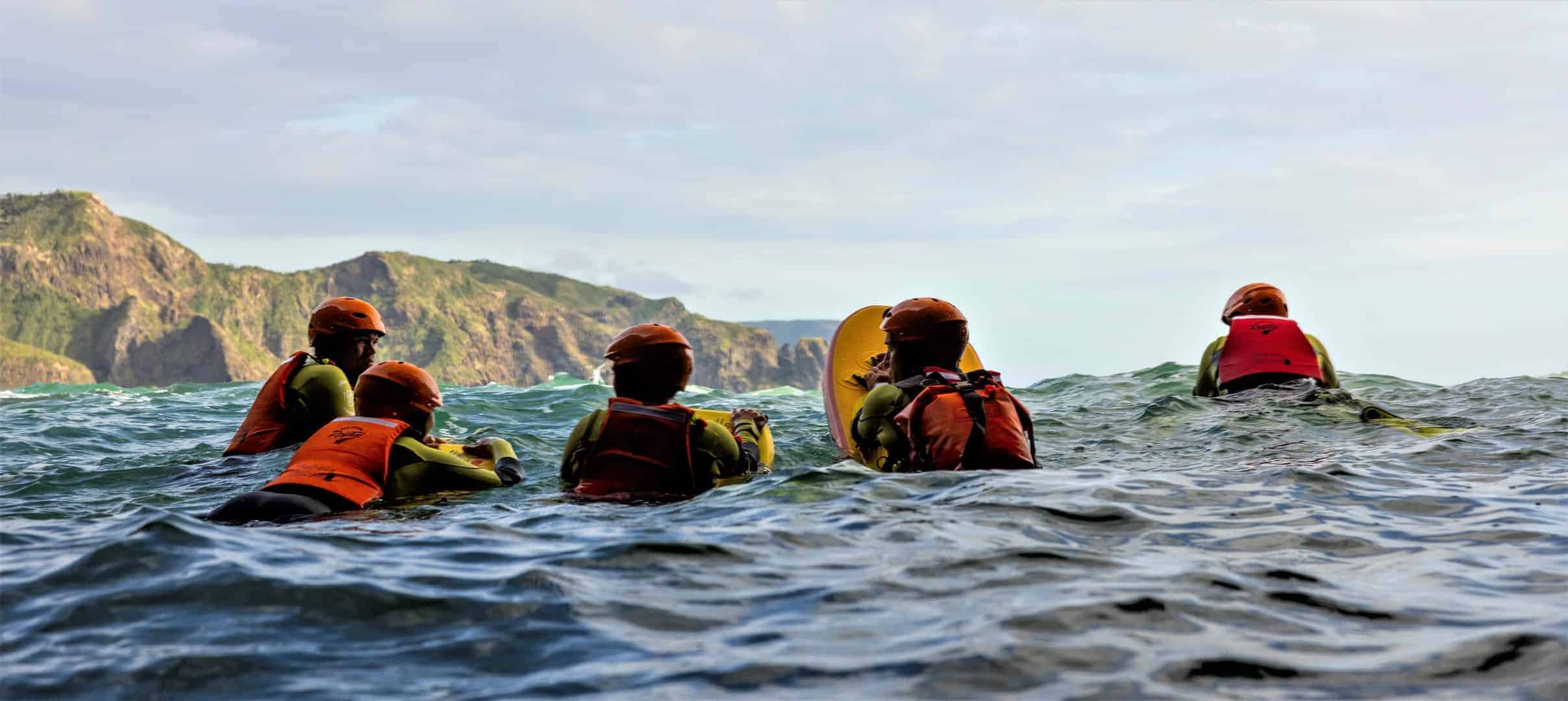
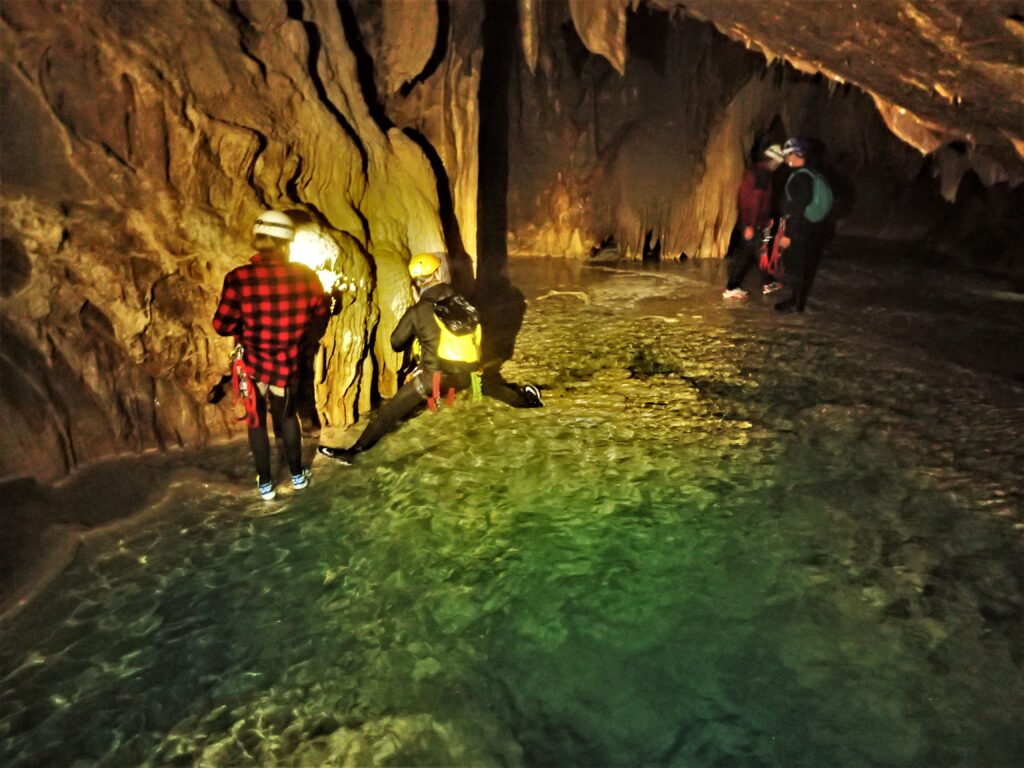
Water is often viewed as a source of fun and relaxation, but it can also be a significant hazard.
Understanding water as a hazard is the first step in water safety courses.
This includes recognizing the risks associated with different water environments, such as oceans, surf, rivers, lakes, and swimming pools.
Factors like currents, tides, water temperature, and underwater obstacles can all contribute to the danger.
The course will teach participants to assess these risks effectively and take appropriate precautions before entering the water.
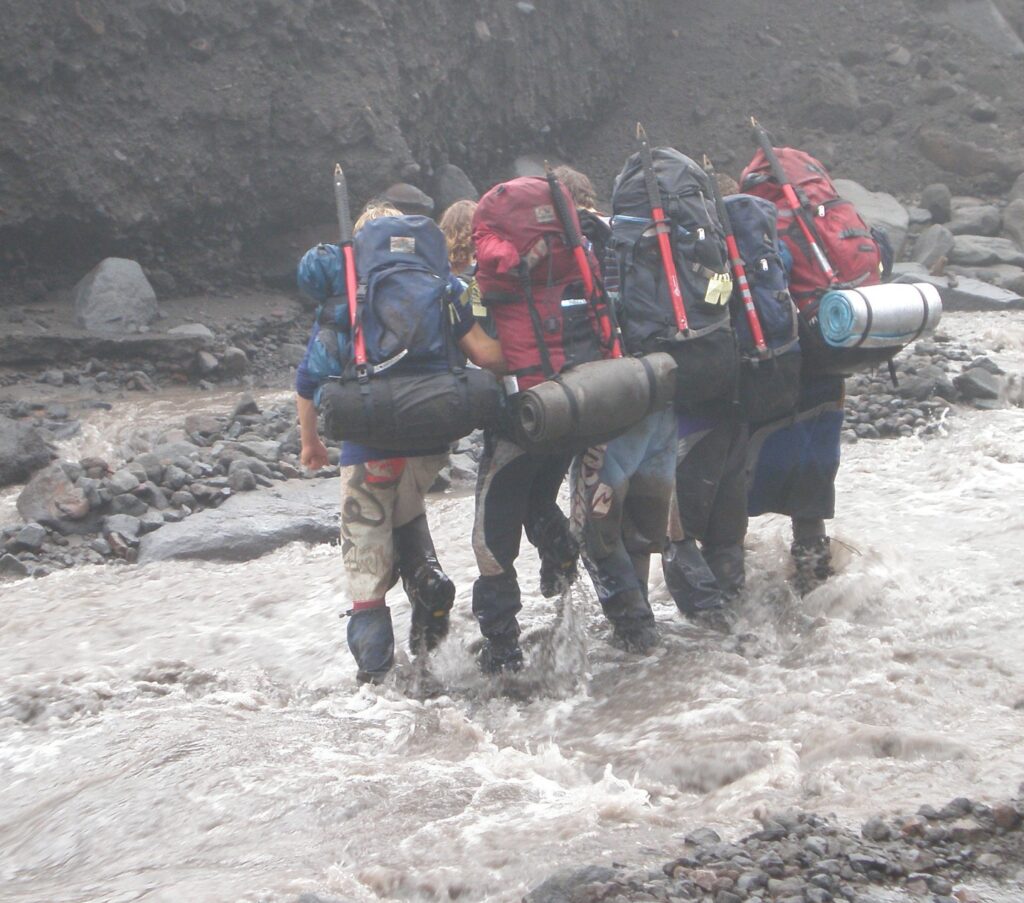
Drowning is a leading cause of accidental death, particularly among young people and those who are not proficient swimmers.
Drowning occurs when the airway is submerged in water, leading to a lack of oxygen and, ultimately, death if not promptly addressed. The course covers the stages of drowning prevention, from initially preventing panic to managing unconsciousness.
Sudden immersion, which often occurs when someone unexpectedly falls into the water (e.g. shoreline rock fishing), is particularly dangerous because it can lead to cold shock and involuntary gasping, increasing the focus of drowning prevention Aucklander’s especially need.
The course will address how to respond to sudden immersion, emphasizing the importance of remaining calm, controlling breathing, and using available flotation devices.
Lifejackets are a vital piece of safety equipment that can significantly reduce the risk of drowning.
The course will cover the correct selection, care, and use of lifejackets.
Participants will learn how to choose a lifejacket appropriate for different water activities, ensuring it fits properly and is in good condition.
The importance of regular maintenance and checks will also be highlighted to ensure that lifejackets are always ready for use when needed.
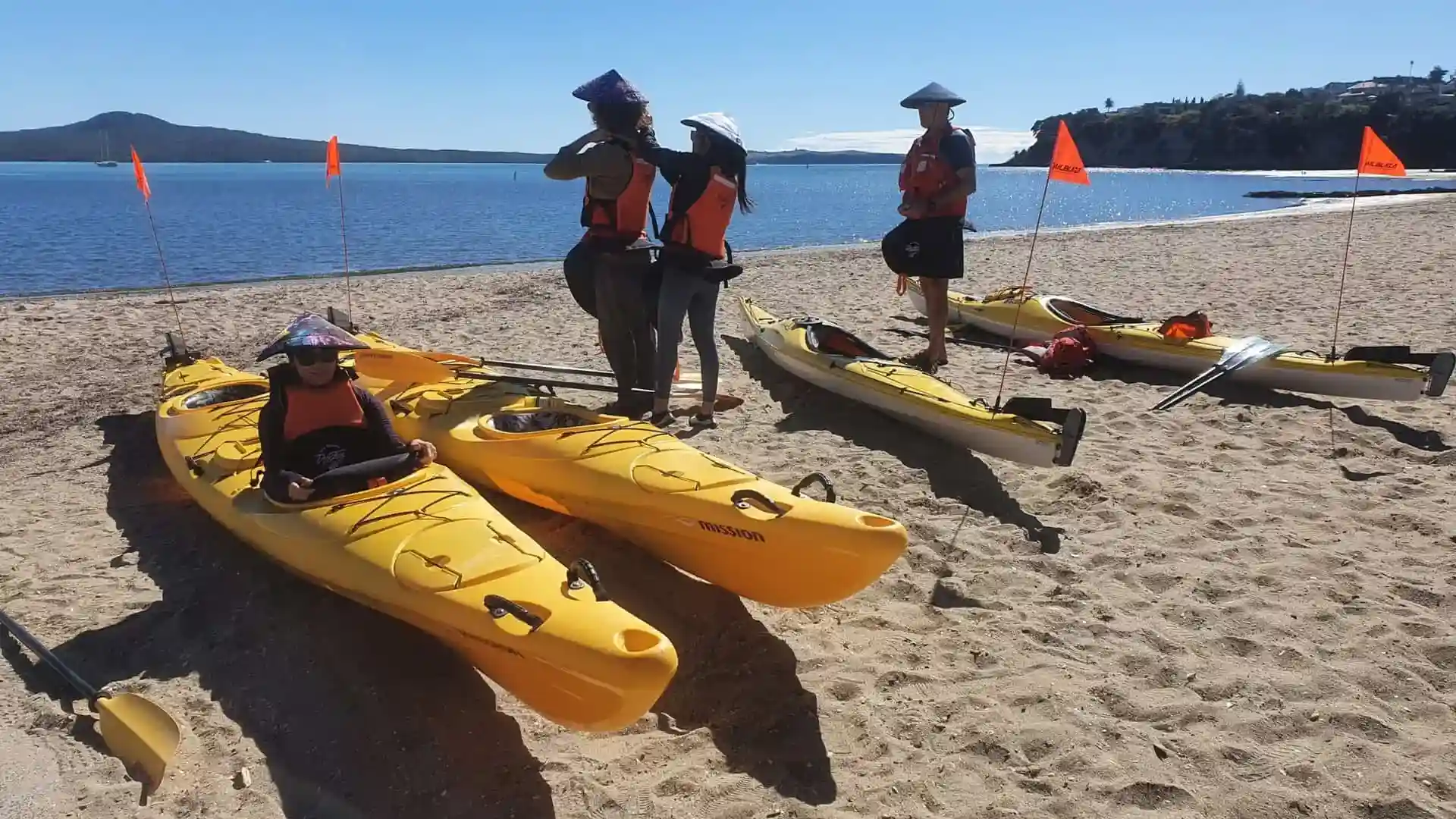
Water safety is a vital consideration for anyone engaging in aquatic activities across NZ. With various environments such as oceans, rivers, lakes, and swimming pools, understanding potential hazards is essential. Social Nature Movement offers a comprehensive Water Safety and Drowning Prevention Course specifically designed to equip participants with the necessary skills to safely navigate these diverse settings. This course not only covers how to recognise risks but also includes practical training in survival techniques, ensuring individuals can respond effectively in emergencies.
One of the key components of the course focuses on the correct use of lifejackets and other safety equipment. Participants will learn how to select and care for these items, as well as mastering important in-water skills like floating and controlled movements. Additionally, the programme teaches safe bystander rescue methods, prioritising personal safety while helping others. This hands-on training is crucial for anyone interested in enhancing their understanding of water safety, whether for leisure activities or professional development.
Social Nature Movement aims to instil confidence and competence in water safety through practical education. By addressing health and safety regulations relevant to aquatic activities, participants will be well-prepared to handle various situations responsibly. If you are looking to boost your water safety knowledge or wish to participate in a course, visit the Social Nature Movement website for more information and to enrol.
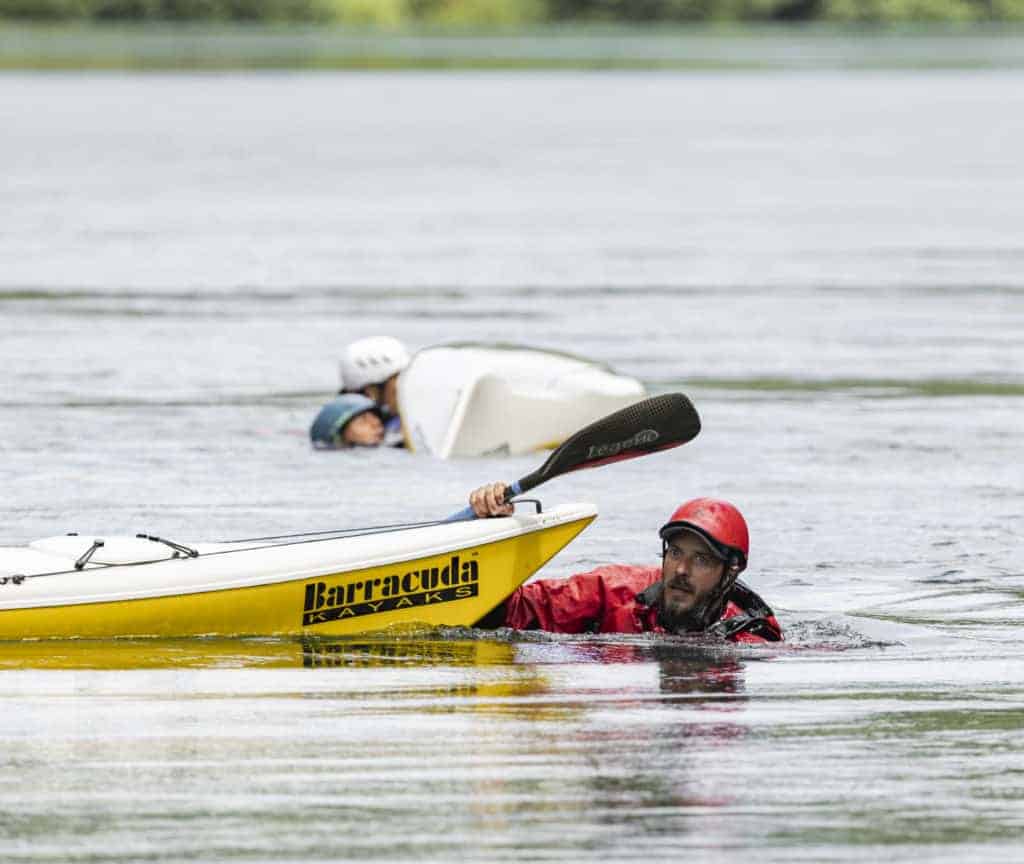
In-water survival skills are crucial for anyone who finds themselves in a dangerous situation in the water.
The course will teach essential survival techniques, such as floating, treading water, and slow, controlled movements to conserve energy. Participants will also learn about personal buoyancy and how to use available resources, such as lifejackets or other flotation devices, to stay afloat.
Bystander rescue is another key component of tips for water safety. The course will train individuals on how to safely assist someone in distress without putting themselves at risk.
Techniques such as reaching or throwing a flotation device, rather than entering the water, will be emphasized to prevent further danger.
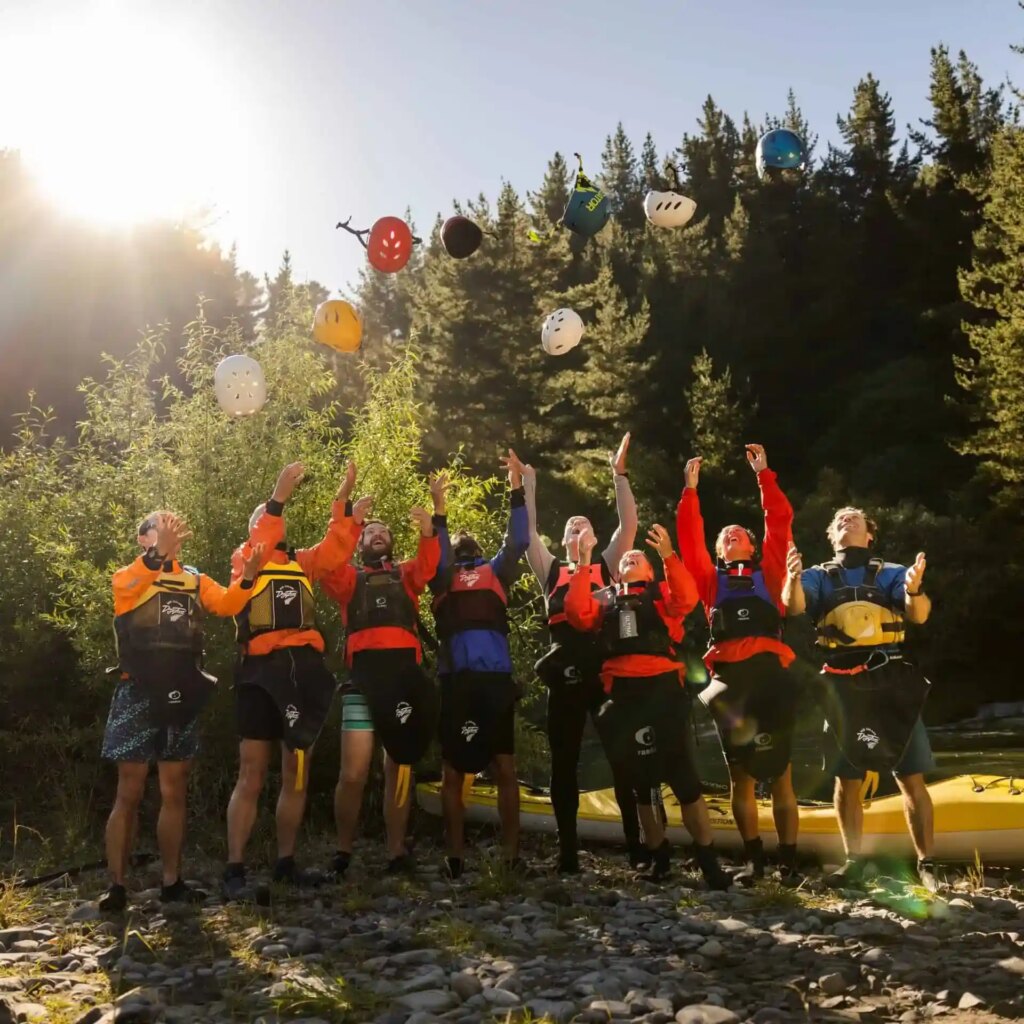
For those whose jobs involve working near or in water, understanding health and safety regulations is essential.
The course will cover relevant aspects of the Health and Safety in Employment Act, ensuring that participants are aware of their rights and responsibilities.
This includes the provision of appropriate safety equipment, training, and protocols to prevent water-related accidents in the workplace.
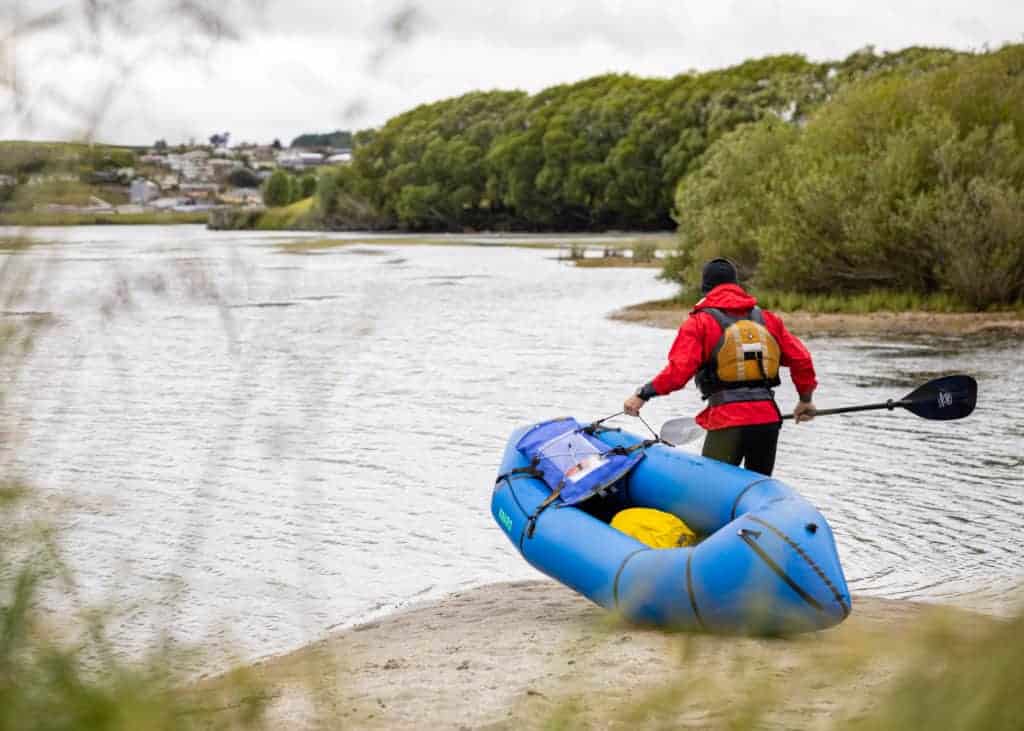
Safe entry and exit from the water are fundamental skills that can prevent accidents. The course will teach proper techniques for getting in and out of various water environments, taking into account factors such as water depth, current strength, and surface conditions.
Submersion and orientation in the water are critical for maintaining control and preventing panic. Participants will learn how to submerge safely, control their orientation under the water, and return to the surface calmly. These skills are particularly important in situations where visibility is poor or when unexpectedly submerged.
We target much of our focus on:
Rivers: …
Beaches: …
Propulsion, Breath Control, and Other Essential Skills
Effective propulsion in the water, whether through swimming or other means, is vital for moving safely and efficiently. The course will cover different swimming strokes and techniques for moving through the water with minimal effort.
Breath control is another essential skill that will be emphasized. Participants will learn how to control their breathing, both during normal swimming and in emergency situations, to conserve energy and reduce the risk of inhaling water.
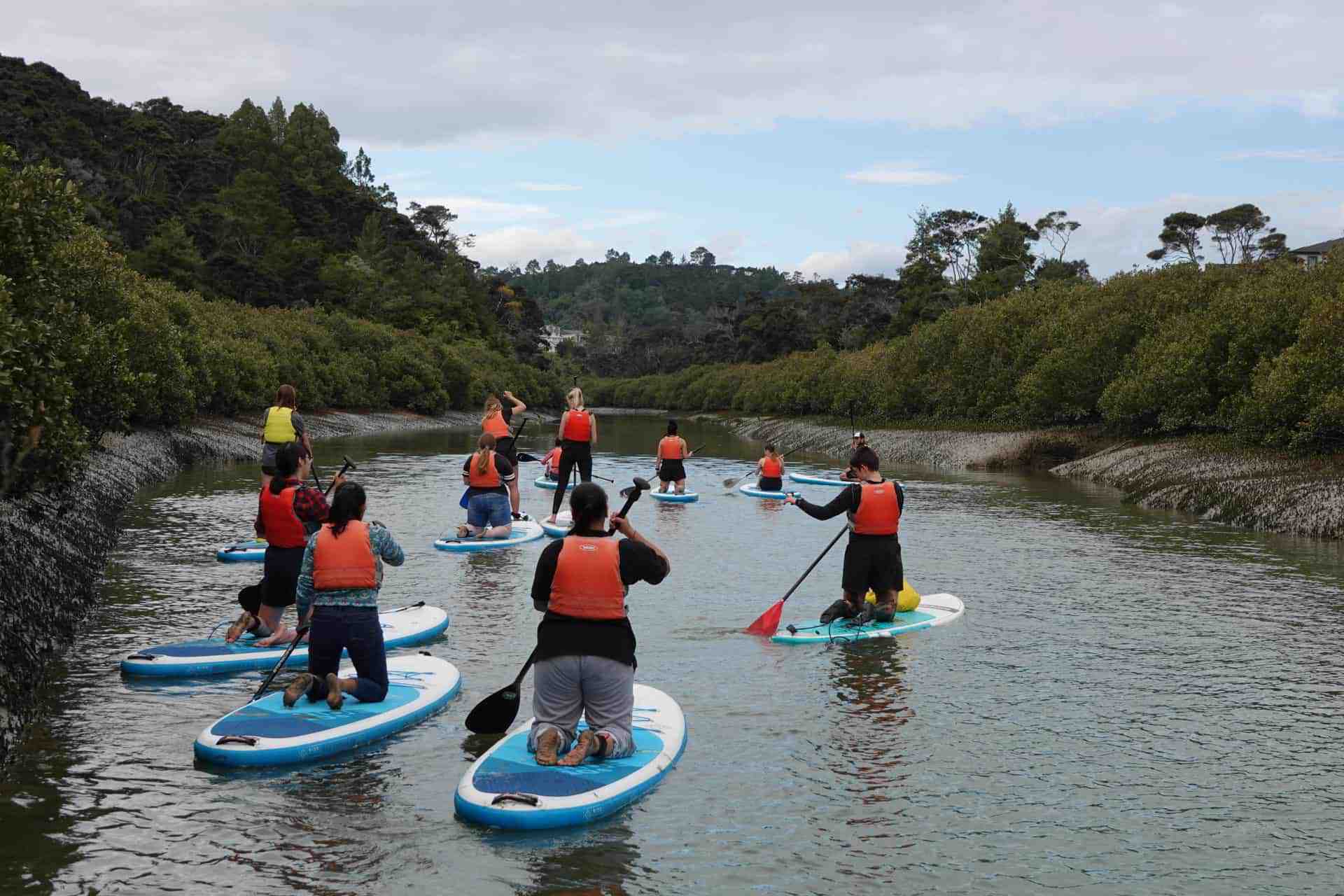
The Water Safety and Drowning Prevention Course is comprehensive, covering all aspects of water safety that are crucial for preventing drowning and promoting safe water practices.
From understanding water as a hazard to mastering in-water survival techniques, this course provides the knowledge and skills necessary to enjoy water activities safely in New Zealand’s diverse aquatic environments.
Whether for recreation, work, or daily life, these skills are invaluable for anyone who interacts with water.
Water safety is the practice of ensuring safety and preventing accidents in and around water, which includes understanding the risks and taking appropriate precautions.
In New Zealand, aquatic rules emphasize swimming between the flags at patrolled beaches, wearing lifejackets on boats, supervising children closely, and being aware of the local water conditions.
The golden rules of water safety tips include knowing your limits, never swimming alone, checking weather and water conditions, using appropriate safety gear, and learning basic rescue skills.
To stay safe in the water, the five steps are: always swim with a buddy, supervise children, use flotation devices, avoid alcohol, and learn CPR.
Preventing drowning involves constant supervision, using lifejackets, swimming in designated areas, and educating others about drowning prevention.
To stop shallow water drowning, it is essential to never dive into unknown or shallow waters and always enter feet first.
Drowning prevention in water focuses on staying calm, floating or treading water, and calling for help as soon as possible.